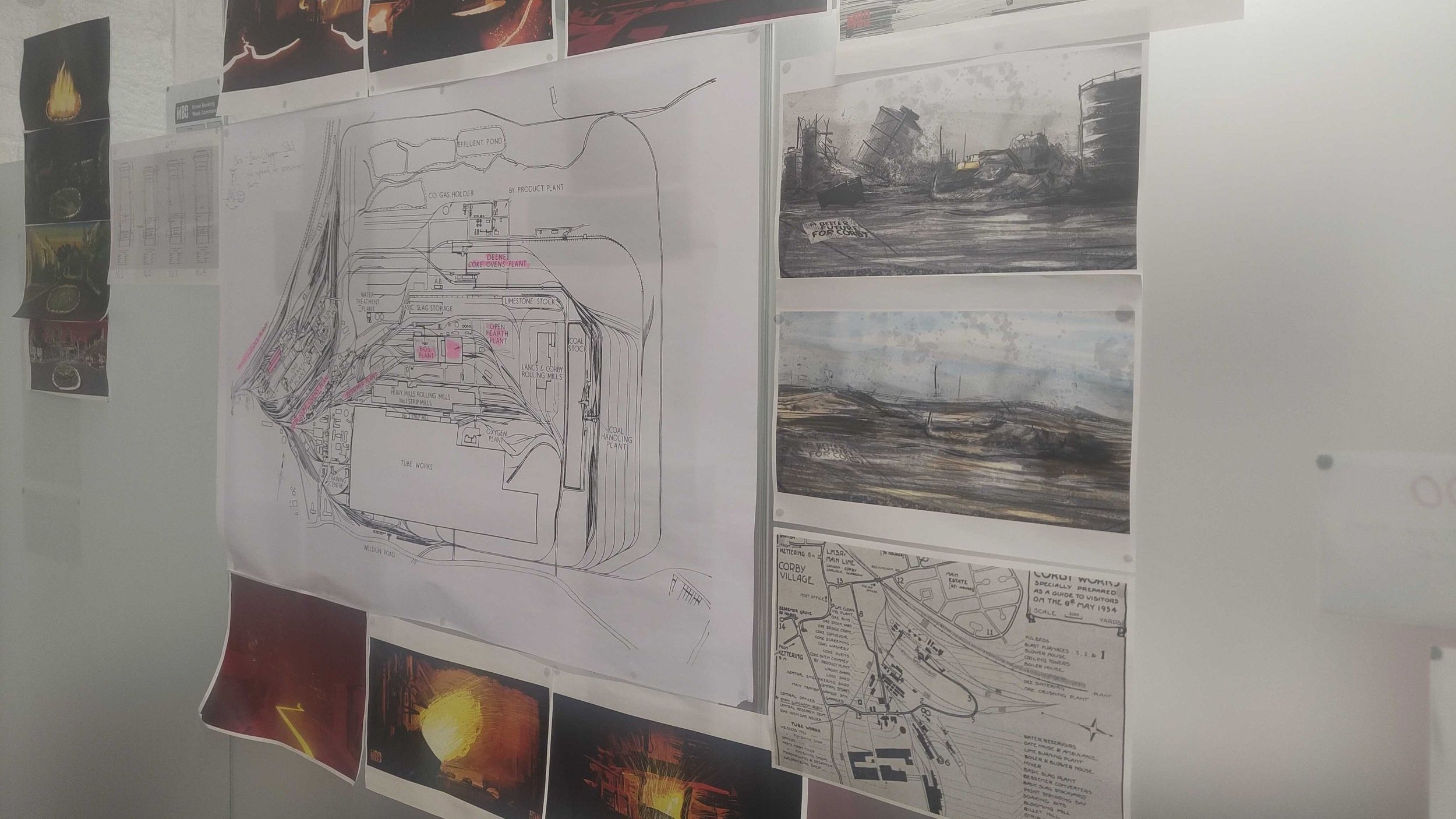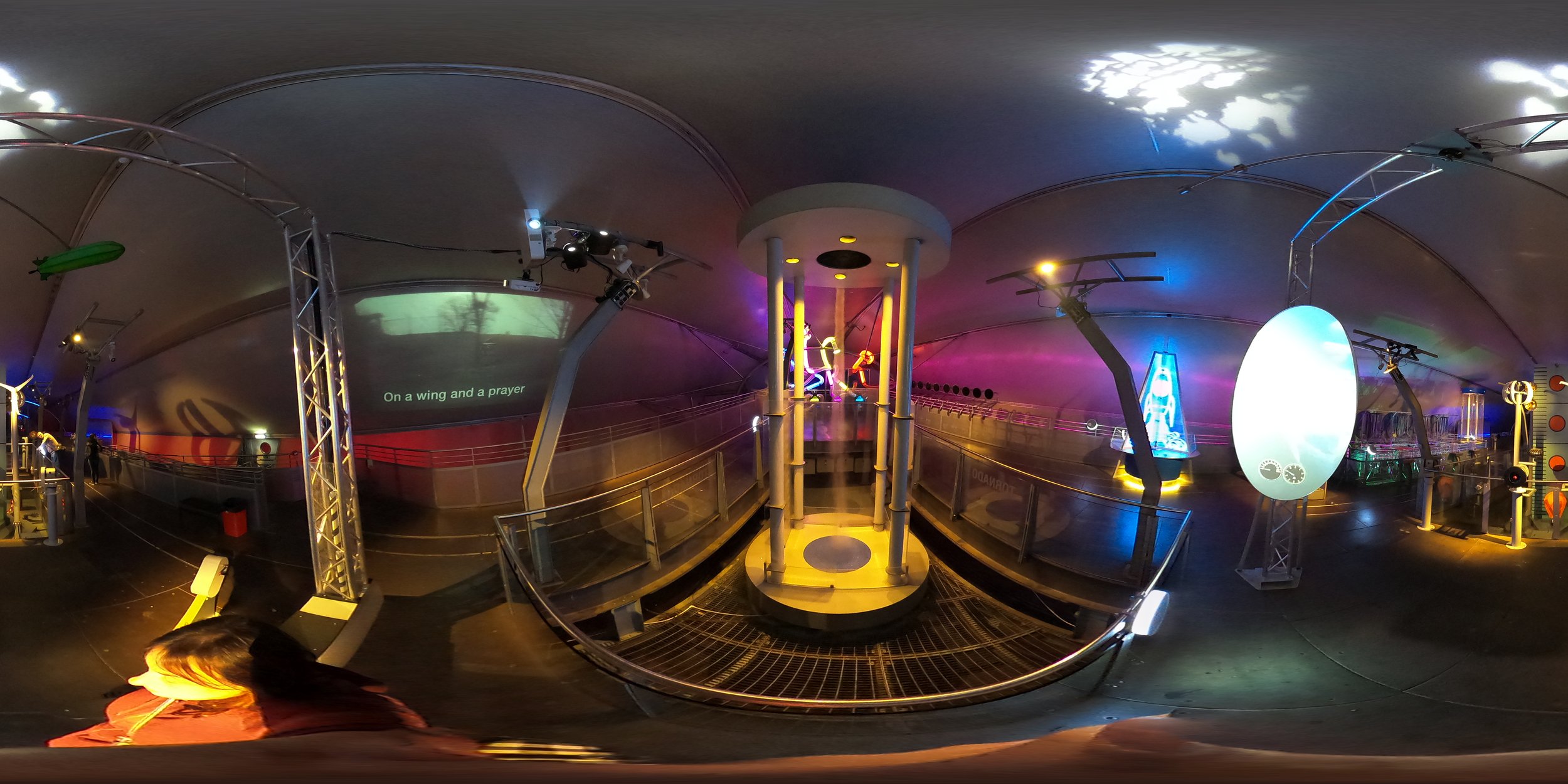One of the technical challenges in making a VR experience about working with molten metal is, at some point, you’re going to have to make some molten metal! Below you can see a visual demo of how we managed to create the look and feel of molten metal inside a headset. It may sound simple, but although VR is incredibly clever, the reality is that the headsets we are using are no more powerful than a high end mobile phone. Getting something that lights up and moves like molten metal is much harder than it sounds. Add to that the fact that in VR we need to make sure the frame rate at playback is kept very high, otherwise people feel sick, and suddenly a simple idea creates a big challenge.
Luckily, MBD has expertise in house. Couple that with a whole lot of patience, some head scratching, a few failed attempts, and a lot of coffee, and you end up with what you can see below. We are never going to exactly recreate the conditions of a steel works (at least not without contravening a lot of Health and Safety guidelines!) but we can get close to the look and feel in a way that helps people understand just what it was like to be at the heart of this heavy industry.
Another triumph for the team, but more challenges to come.


















